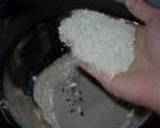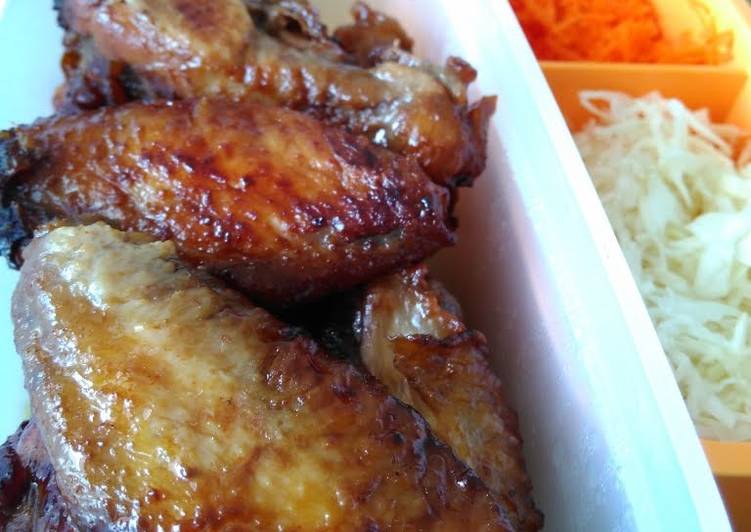
Hey everyone, I hope you’re having an incredible day today. Today, I’m gonna show you how to prepare a distinctive dish, handmade soba noodles. One of my favorites food recipes. For mine, I’m gonna make it a little bit tasty. This is gonna smell and look delicious.
In this episode of Handcrafted, the Founder of Worldwide Soba Inc, Shuichi Kotani, shows Bon Appétit how to turn make soba noodles by hand. Fresh buckwheat soba is an entirely different food group from the dried soba we usually buy at the store. The nutty aroma of the buckwheat, the perfect chewiness of the noodles.
Handmade Soba Noodles is one of the most popular of current trending foods on earth. It is easy, it is quick, it tastes delicious. It is enjoyed by millions every day. They’re fine and they look fantastic. Handmade Soba Noodles is something which I’ve loved my whole life.
To get started with this particular recipe, we must first prepare a few components. You can cook handmade soba noodles using 4 ingredients and 11 steps. Here is how you can achieve that.
The ingredients needed to make Handmade Soba Noodles:
- Prepare 1 Water, 40 to 45% of the total volume
- Take 1 Dusting flour, as needed
- Prepare 1 Buckwheat flour, 80% o the total volum
- Make ready 1 Bread strong flour, 40-45% of the total volume
Soba noodles are a typical Japanese dish that is very popular. Homemade soba noodles do not contain any artificial flavors or preservatives, so you will be able to enjoy the savory and authentic. In this episode of Handcrafted, the Founder of Worldwide Soba Inc, Shuichi Kotani, shows Bon Appétit how to turn make soba noodles by hand. Soba noodles are a type of Japanese noodles made of buckwheat.
Steps to make Handmade Soba Noodles:
- Mix the buckwheat flour and bread flour together in a bowl. Add 1/2 of the water. Drizzle it around the perimeter so that the water doesn't reach the bottom of the bowl.
- Mix rapidly until the dough is crumbly. If it gets stuck to the bottom of the bowl, scrape it off as you mix.
 1. Add the rest of the water and continue mixing and scraping. Make sure the water is evenly distributed. The dough should look like cooked ground meat.
1. Add the rest of the water and continue mixing and scraping. Make sure the water is evenly distributed. The dough should look like cooked ground meat. - Press the dough together into a ball. Knead, always folding in the edges towards the center.
- When the surface of the dough is no longer floury and feels smooth, it's done. Gather up the dough towards the center and form into a conical shape.
- It should look like this, like an evenly formed cone.
- Press down the dough from above the point of the cone. Roll the dough out with a rolling pin while dusting the surface of the pin, the dough and the work surface. When the dough is rolled out thinly enough, make into a rectangular shape, dust with more flour and fold in half. (The photo shows a dough using 250 g of flour folded in half.)
- Fold over the dough from the top and bottom ends.
- Make another fold from the side nearest you, so that there's a 1cm gap between the folded edge and the bottom edge of the dough.
- The right tools help a lot. I bought the special soba-cutting knife and the board that helps me keep the slices even. Cut the dough into evenly spaced slices.
- Put the noodles in boiling water. Mix in a figure-8 pattern with cooking chopsticks. When the noodles float to the surface, cook for an additional 30 seconds or so and they're done. Drain, rinse several times in cold running water, and cool in ice water.
This Soba Noodle Salad recipe is the perfect blank slate for customization. If you like it spicy, add more crushed chili pepper. Fresh buckwheat noodles are a staple of Japanese cuisine, second only to rice as the most consumed grain in that country. Here, Sonoko Sakai, author of Rice Craft, shares her technique for making soba. Watch the chef knead, roll and slice the buckwheat dough like clay. (John Lok and Corinne Chin / The Seattle Times).
So that’s going to wrap it up for this special food handmade soba noodles recipe. Thank you very much for your time. I am sure you will make this at home. There is gonna be more interesting food in home recipes coming up. Don’t forget to save this page in your browser, and share it to your family, friends and colleague. Thank you for reading. Go on get cooking!


